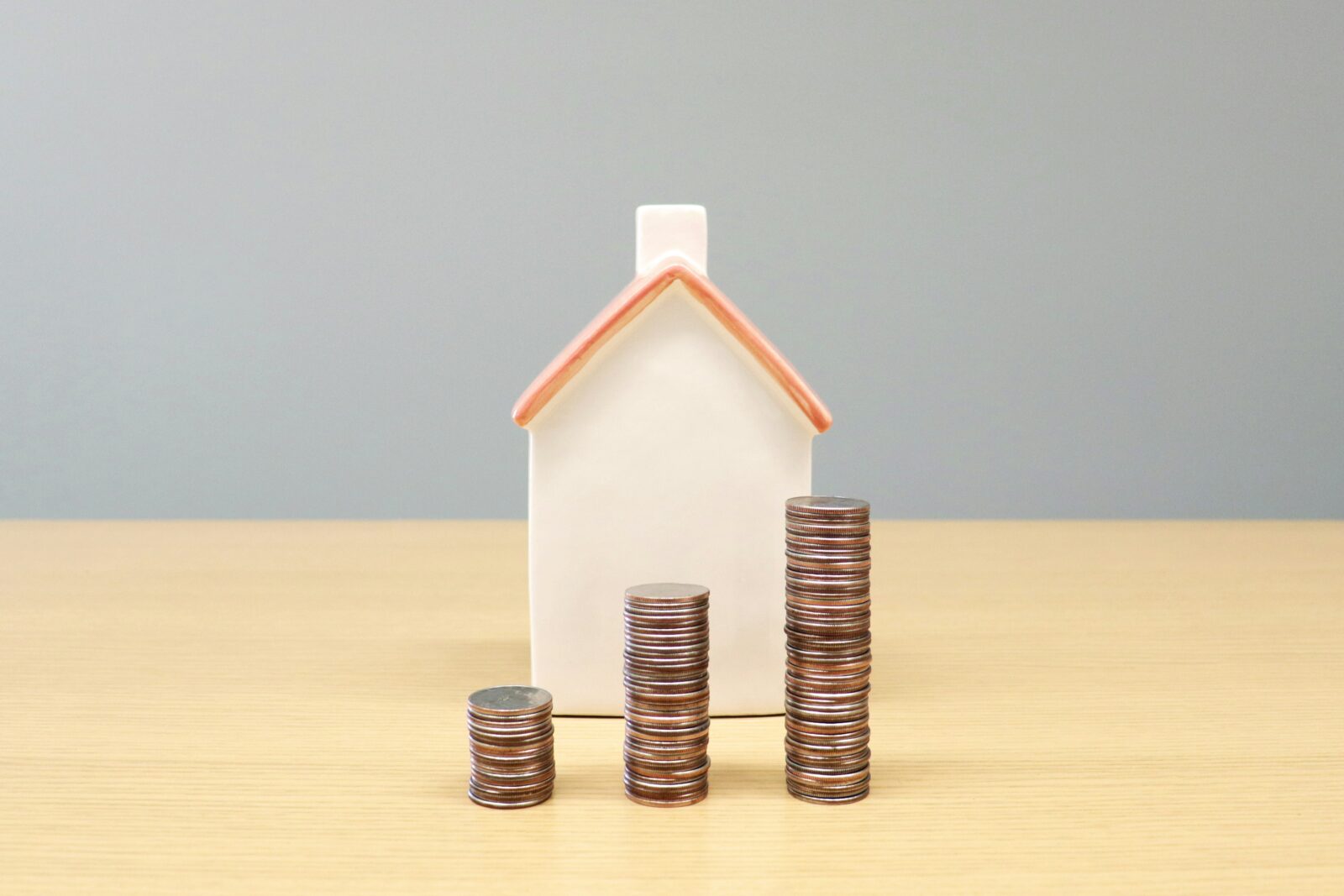“Equity Mate”: Why Borrowing Against Your Home Isn’t Always a Smart Move
Remember that old ad with the guy proudly polishing his boat while his neighbor asks, “How do you afford all this?” His response—“Equity, mate”—has stuck in the Australian psyche for decades.
It was clever marketing, no doubt, but it also captured something deeper about our relationship with debt. Borrowing against home equity has become so normalised that many Australians now treat it like a credit card. Banks, property spruikers, and even governments have encouraged this mindset. But is it really as harmless as it seems?
Why Borrowing Feels So Easy
Banks have done a brilliant job of making debt feel accessible, even casual. With features like offset accounts and redraw facilities, accessing large sums of money has never been easier:
- Offset Accounts: These reduce the interest you pay on your mortgage, but they also act like a savings account you can dip into whenever you want.
- Redraw Facilities: If you’ve paid extra into your home loan, you can pull that money back out at any time. It’s convenient, sure, but it can also be a trap.
And let’s not forget the rise of 40-year mortgages. They make repayments look smaller, but in reality, they keep you in debt much longer and result in paying far more in interest.
The Risks Behind “Equity, Mate”
Borrowing against home equity might feel like free money, but it comes with real risks:
- Vulnerability to Interest Rate Hikes: The more debt you carry, the more exposed you are to rising rates. And as we’ve seen recently, rates can climb quickly and significantly.
- Lifestyle Creep: Tapping into equity for non-essential purchases—like holidays, renovations, or even new toys—can lock you into years of repayments.
- Market Dependency: If the property market dips, your equity shrinks, but your debt doesn’t.
It’s easy to overlook these risks when banks and marketers are telling you to “put your equity to work.” But the reality is, debt always comes with strings attached.
Debt Isn’t the Goal—Freedom Is
Let’s flip the script. What if the goal wasn’t to leverage every last cent of your equity but to become debt-free as quickly as possible?
Being debt-free isn’t just about the numbers. It’s about:
- Peace of Mind: Imagine not having to worry about repayments every month.
- Flexibility: With no debt, your income is yours to spend, save, or invest as you see fit.
- Security: Debt makes you vulnerable. Freedom from debt makes you resilient.
In the past, most Australians worked to pay off their mortgage within 15 to 25 years. Once that was done, they could focus on saving for retirement or simply enjoying life. Somewhere along the way, we lost sight of that.
How Banks Benefit From Normalised Debt
Here’s the thing: banks don’t want you to be debt-free. Debt is their business model. The longer you’re in debt, the more interest you pay—and the more profit they make.
That’s why redraw facilities, offset accounts, and longer loan terms are so heavily marketed. They make borrowing feel safe and easy, but their ultimate purpose is to keep in debt for longer.
Building Wealth Without Debt
You don’t need debt to build wealth. Consistency, patience, and smart investing can take you just as far—without the stress.
Here’s how to do it:
- Save Regularly: The earlier you start, the better. Even small amounts add up over time.
- Use Super Effectively: Salary sacrificing into super is one of the most tax-effective ways to grow your wealth.
- Invest in Growth Assets: Shares, ETFs, and other growth investments can help your money outpace inflation and build long-term wealth.
Debt can feel like a shortcut, but the long game—done right—is just as powerful.
Final Thoughts
“Equity, mate” might make for a catchy ad, but it’s not a philosophy to live by. Borrowing against your home is a decision that should be made carefully, not casually.
The alternative? Aim for financial freedom. Work towards paying off your mortgage, building wealth sustainably, and living life on your terms—not the bank’s.
Being debt-free isn’t boring. It’s empowering.
The information provided in this article is general in nature only and does not constitute personal financial advice.






